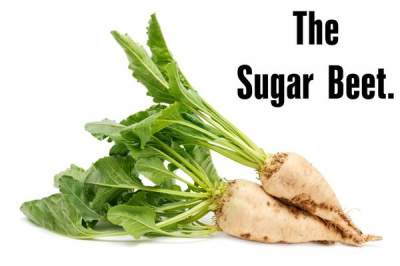 During a drought it may be necessary to feed your horse a hay supplement. Fiber is a crucial component in a horse’s diet and critical to healthy gut function. Without fiber, food may not pass through the intestinal track effectively causing impaction and colic. Fiber is also the ingredient a horse’s body uses for energy. A horse’s diet should consist of as much as 50% fiber, or 1% of its body weight.
During a drought it may be necessary to feed your horse a hay supplement. Fiber is a crucial component in a horse’s diet and critical to healthy gut function. Without fiber, food may not pass through the intestinal track effectively causing impaction and colic. Fiber is also the ingredient a horse’s body uses for energy. A horse’s diet should consist of as much as 50% fiber, or 1% of its body weight.
However, with drought comes poor hay crops and barren pastures. This leads to hay that may not provide adequate fiber. If hay is of poor quality, feeding 1% of its body weight in hay may not equal the 50% fiber needed. Hay is considered poor when the Acid Detergent Fiber (ADF) is more than 35%. In this case, an owner may want to explore supplementing hay with an additional fiber source.
Today there are several choices when considering a hay supplement:
Beet Pulp is high in fiber, inexpensive and tastes great. Beet pulp has an ADF of 28% making it a good source of easily digestible fiber. Beet pulp’s protein levels are at about 8%, and it is high in calcium both of which make it a good choice to supplement hay. A horse’s diet can contain up to 55% of beet pulp.
Owners should be aware that beet pulp is not a complex fiber and is digested more easily than hay. You may want to work with your vet ensure that your horse’s diet will be balanced before adding beet pulp.
Hay Cubes – Manufactures of hay cubes adhere to nutritional specifications that guarantee specific amounts of fiber, protein and fat. These standards remove all the nutritional guesswork for horse owners. Hay cubes should be fed by weight, so if you are supplementing 5 lbs. of flake hay, then feed 5 lbs. of hay cubes. A scoop of cubes will weigh approximately the same each day, unlike a flake of hay. Cubes also produce less dust and are easily stored in 50 lb. bags.
Horses that have free access to hay cubes may have a tendency to overeat so consumption should be monitored. Horses must be able to chew well to eat these cubes. Cubes must be fed carefully to ensure that your horse does not choke. Contact your veterinarian for some suggestions on how to feed hay cubes.
Grain Hulls are the protective outer covering of grains and seeds. These hulls are very high in fiber and low in high-energy protein making them a good choice. Ground corncobs also fall into this category. You can find grain hulls pelletized or finely ground. If you choose hulls that are finely ground you may consider adding water to the hulls to reduce dust. Before choosing this option, discuss this with your veterinarian.
Alternative Hay Supplements
Wheat or Rice Bran РSupplementing with by-products from wheat or rice bran can be tricky. These brans are high in phosphorus. The problem comes into play because the horse’s diet requires a 1:1 ratio of calcium to phosphorus. If a horse’s diet contains more phosphorus than calcium over time it can result in a loss of bone density. When adding one of these brans to your horse’s diet, consult with your veterinarian.
Complete Feeds are engineered by manufactures to be just what their name implies. They supply all of the daily nutritional needs your horse requires without the need for hay. Complete feeds contain forage such as alfalfa, beet pulp and hulls that are short stem forages. Long stem forage is what keeps food particles moving along the intestinal track. Choosing to feed complete feed with or without hay should be considered and planed carefully with your veterinarian.
Horses have different nutritional needs based on age, breed, exercise level, medical conditions and other mitigating factors. To find an appropriate hay supplement, we recommend working closely with your primary veterinarian to put the proper plan in place for your horse’s particular needs.
If you found this article interesting you may also like, Finding a Hay Supplier in the Midst of Drought